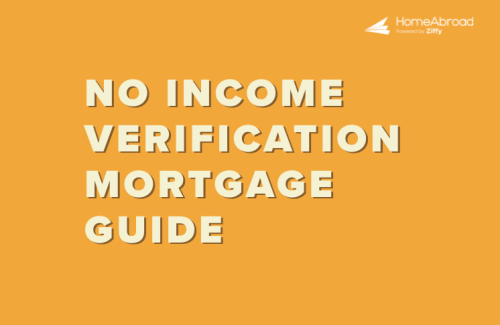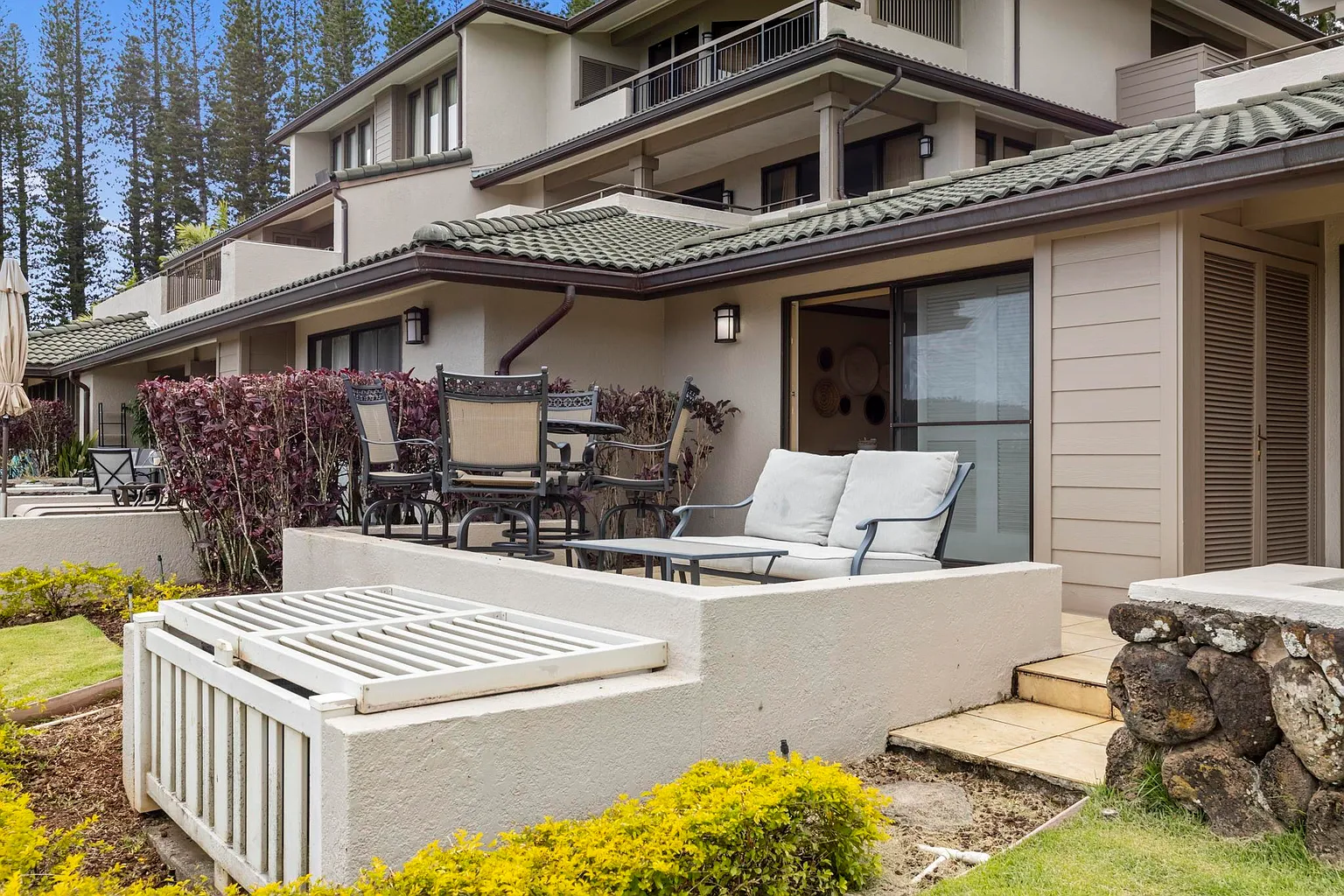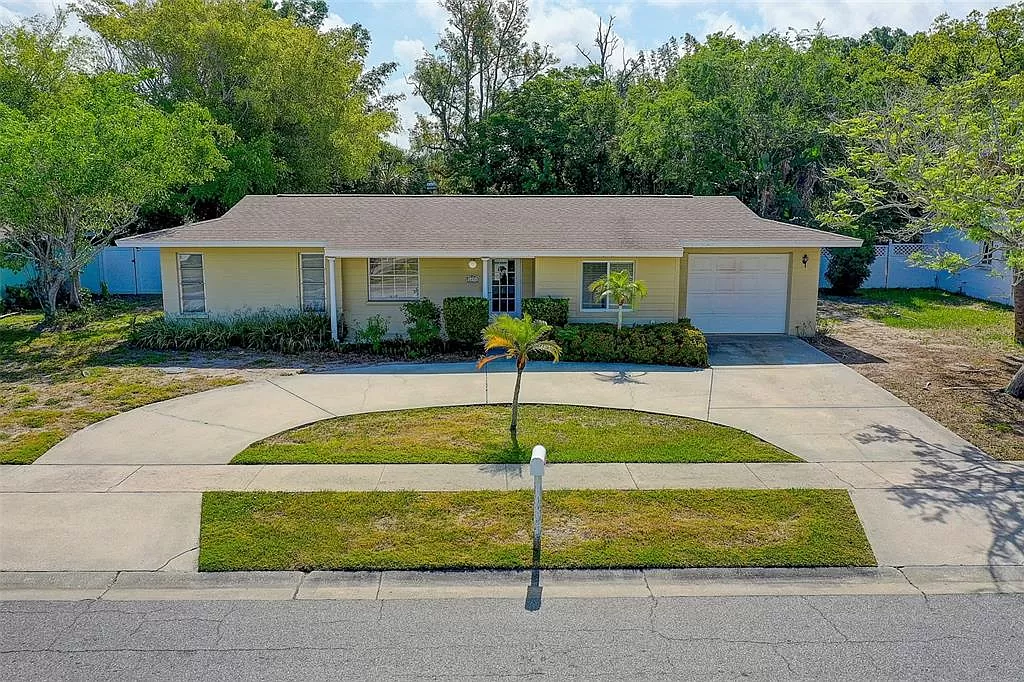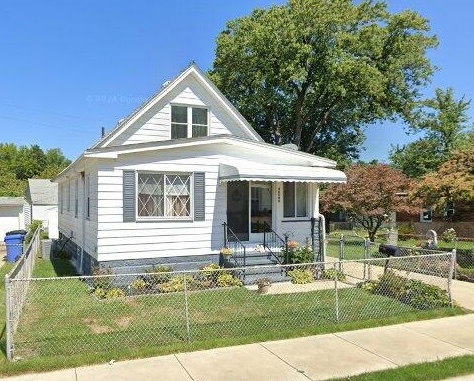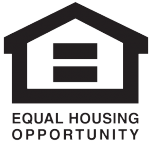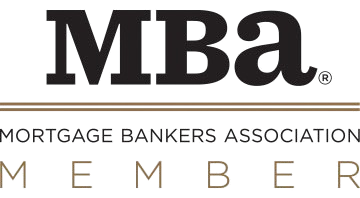Editorial Integrity
Making informed real estate decisions starts with having the right knowledge. At HomeAbroad, we offer US mortgage products for foreign nationals & investors and have a network of 500+ expert HomeAbroad real estate agents to provide the expertise you need. Our content is written by licensed mortgage experts and seasoned real estate agents who share insights from their experience, helping thousands like you. Our strict editorial process ensures you receive reliable and accurate information.
A No Income Verification Mortgage is an attractive option for potential homeowners and real estate investors with consistent income but may need help providing traditional documentation.
These types of mortgages are ideal for those with hard-to-document cash flow sources, such as freelance or self-employed workers and investors.
HomeAbroad’s no-income-verification mortgages offer flexible funding options, allowing borrowers to purchase or refinance a home without providing income documentation. This blog will discuss the benefits of no-income verification loans and how they could benefit international real estate investors.
Table of Contents
Key Takeaways:
1. HomeAbroad's no-income verification mortgages offer an alternative to traditional loans for borrowers with inconsistent or hard-to-document incomes.
2. Approval relies on financial strength and property performance rather than traditional employment documents.
3. Foreign nationals can qualify even without a US income or employment history.
What is a No Income Verification Mortgage?
A no-income verification mortgage is a home loan that does not require proof of income when applying. This type of home loan is attractive to borrowers with inconsistent incomes, such as freelance workers or self-employed individuals.
Unlike other mortgage types, no-income verification mortgages are not controlled by a borrower’s credit score and provide more flexibility in repayment terms.
What are the Benefits of a No Income Verification Mortgage?
No-income verification mortgages offer numerous benefits, making them an attractive option for potential homeowners. Here are some benefits of a No Income Verification Mortgage:
- Quicker funding process: Since substantially fewer documents are required, no-Income Verification mortgages can be approved and funded much faster than other loan products. It can be especially beneficial for those needing to purchase or refinance quickly.
- Less strenuous qualification requirements: foreign nationals with no credit history or low income may find it easier to qualify for a no-income verification loan than a standard loan.
- Privacy: Since no-Income Verification, loans do not require standard income documentation; borrowers can keep their financial information confidential.
- Simplicity: No-income verification loans are more straightforward and more accessible to obtain than other loan products.
- Easier debt consolidation: Borrowers may opt for a no-income verification loan if they want to use it for debt consolidation purposes since they do not need to provide financial statements or other documentation of their income or assets.
No-income verification mortgages offer many benefits for those unable to provide documentation of their income.
By offering more flexible funding options, no-doc loans can make it easier for foreign nationals to purchase or refinance a home without the hassle and paperwork of traditional financing.
Types of No Income Verification Loan
No Income Verification loans come in several forms: Bank Statement loans, Debt Service Coverage Ratio. We will now read about them in greater detail.
1. Bank Statement loan
Bank Statement loans require borrowers to provide 12 or 24 months of bank statements as proof of their cash flow. This type of loan is especially beneficial for self-employed workers with inconsistent incomes. Read this to get a bank statement mortgage in 5 easy steps.
Requirements for Bank Statement Loan:
- 12 or 24 months of bank statements
- No-credit-score borrowers may need additional documents
- Proof of cash flow and sufficient liquid assets to cover the loan’s payments.
Find out how much you can borrow using your bank statement income with our Bank Statement Calculator!
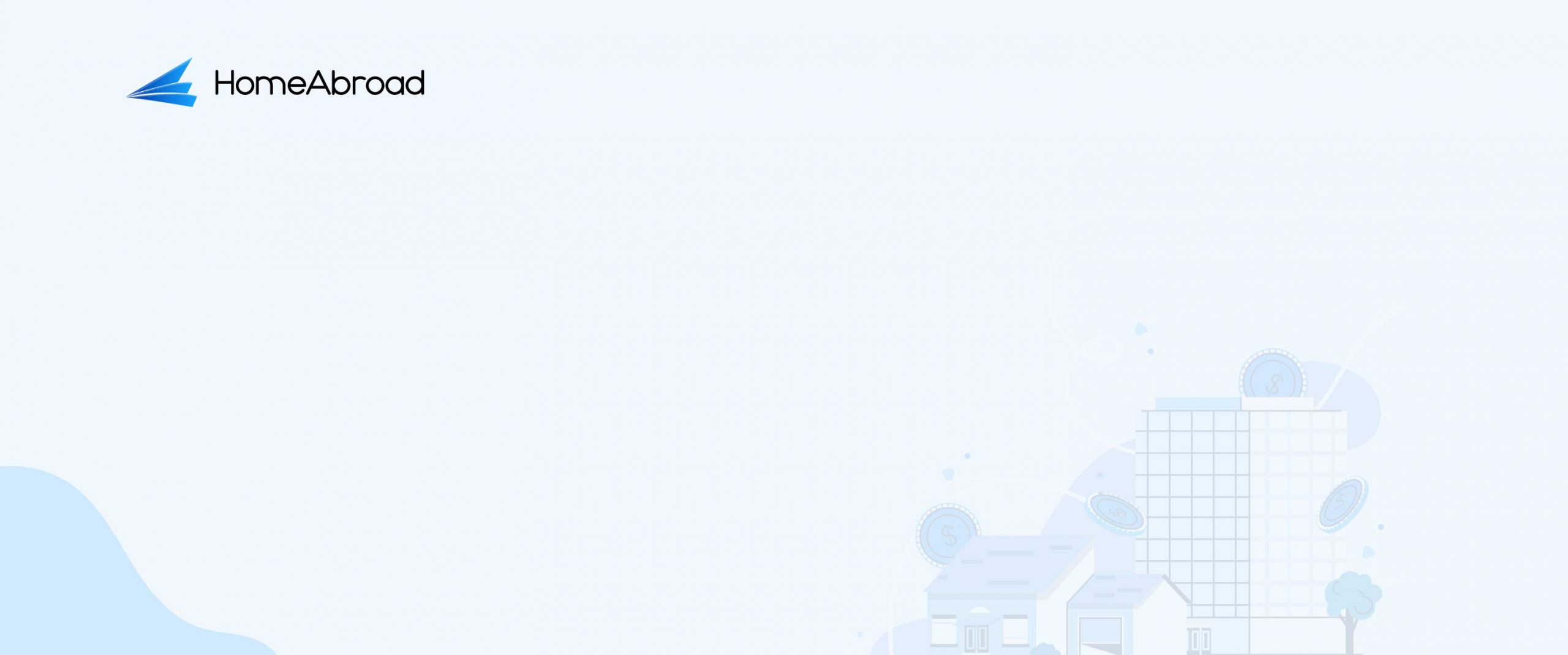
Pre-qualify for a Bank Statement Loan.
No Paystubs or W2s Required.
2. Debt Service Coverage Ratio (DSCR) Loan
A Debt Service Coverage Ratio is a critical factor in no-income verification loans. It measures the property’s ability to cover its mortgage payments and other expenses. It is a loan program for real estate investors, and the only qualifying factor is that your investment property must generate enough income to cover the mortgage payments.
It is also the most accessible loan qualification since no income verification is needed.
A minimum DSCR of 1.0 is required, meaning the property’s rental income should fully cover the monthly PITIA payment. There’s no need to show personal income or meet any DTI requirements, since approval depends solely on the property’s cash flow.
For properties that don’t meet this threshold, HomeAbroad offers a No-Ratio DSCR option. This program allows you to qualify even if the DSCR falls below 1.0. This option may require a higher down payment and reserve requirements, but it’s a flexible path for investors purchasing strong properties with temporary or seasonal cash-flow gaps.
Requirements for Debt Service Coverage Ratio:
- A minimum of 1 DSCR
- No income documents are required
- Available for Investment property

Pre-qualify for a DSCR Loan in a Few Clicks.
No Paystubs, W2s, or Tax Returns Required.
Who Qualifies for No Doc Mortgages?
No-income verification mortgages are especially well-suited for foreign national real estate investors who want to buy property in the US but cannot provide traditional employment or income documentation. These programs rely on asset strength and property performance instead of US income records, making them an ideal fit for global buyers.
Foreign Investors Without US Income Documentation
Foreign nationals often face challenges with traditional US mortgages because they typically cannot provide W-2s, tax returns, or a US employment history. A no-doc mortgage removes these barriers by eliminating the need for income verification altogether. Instead, qualification is based on down payment strength, liquid assets, reserves, and the overall quality of the investment property.
Foreign Nationals Without a US Credit History
Many international buyers do not have a US credit score or credit footprint. No-doc mortgage programs allow these borrowers to secure financing without building US credit first. Approval focuses on the borrower’s financial capacity and the long-term viability of the investment rather than credit-based underwriting.
International Real Estate Investors Buying Rental Properties
International real estate investors purchasing rental properties in US often prefer no-income verification mortgages because these loans allow them to qualify without showing personal income. Instead, the property’s rental potential, cash flow, and asset documentation form the basis of approval.
In short, no-doc mortgages are ideal for foreign nationals who want a simple and flexible way to finance US investment properties without providing income statements, tax returns, or US employment history. These programs offer international buyers a clear path to securing mortgage financing while keeping their financial information private and their investment goals intact.

Steven Glick,
Director of Mortgage Sales, HomeAbroad Loans
What to Consider Before Applying for A No Income Verification Mortgage
Before applying for a no-income verification mortgage, it’s essential to consider this type of loan’s potential risks and drawbacks.
1. Higher Interest Rates Than Traditional Mortgages
No-income-verification loans carry more risk for lenders, so the interest rates are higher than conventional full-documentation loans. Foreign-national investors should factor this into their rental income projections and long-term investment strategy.
2. Larger Down Payment Requirements
These loans require strong equity upfront. Foreign investors should be prepared for a 25–30% down payment, depending on the loan program and property type.
3. Required Reserves
Even without income verification, you must show financial stability.
Expect to provide:
- Verified funds for your down payment and closing costs
- At least 6 months of PITIA reserves
These reserves help protect you and the lender in case of vacancies or unexpected expenses.
4. Overall Cost of the Loan
Beyond interest rates, consider closing costs, lender fees, appraisal fees, prepaid taxes/insurance, and ongoing holding costs. These may be higher than standard mortgages, so having a full financial picture before applying is essential.
5. Pros and Cons of No Income Verification Mortgage
Pros:
- No need to supply proof of income: Foreign nationals can qualify without pay stubs, tax returns, or US employment history. Your assets and property qualify you, not your income paperwork.
- Fast and streamlined approval: With fewer documents and no income verification, the process is quicker and more predictable than traditional mortgages. This helps international investors move fast on desirable properties.
- Easier debt-to-income ratio qualification: With no income verification loans, lenders often use other factors such as credit score and assets to determine whether you can handle monthly payments on the loan.
- Flexibility: Borrowers without a stable income or US employment history could still qualify for a loan with this type of mortgage.
Cons:
- High-interest rates: Generally, a no-income verification loan comes with higher interest rates than a conventional mortgage loan due to the added risks.
- Loan limitations: Most no-doc mortgages are limited in the loan amount and cannot exceed certain thresholds depending on the specific lender and program offered.
- Higher down payment and reserve requirements: Borrowers should be prepared for a 25–30% down payment and 6 months of PITIA reserves, which is higher than many traditional loan programs.
Conclusion
No-income-verification mortgages provide foreign-national investors with a straightforward way to finance US real estate without the need for paystubs, tax returns, or US employment history. By focusing on assets, reserves, and the strength of the investment property, these loans open the door for international buyers who would otherwise struggle with traditional lending requirements.
Understanding the requirements, costs, and application steps helps you approach the process confidently and avoid surprises. With the right preparation, a no-income-verification mortgage can be a practical and efficient way to build or expand your US real estate portfolio.
HomeAbroad’s no-income-verification programs are designed specifically for global investors, offering a streamlined, flexible path to financing, without the need to prove personal income.
Frequently Asked Questions
Can foreign nationals qualify without a US credit score?
Yes. You do not need a US credit score or credit history. HomeAbroad approves foreign nationals based on financial strength, assets, reserves, and the investment property, not credit metrics.
What is the minimum down payment required?
Foreign-national borrowers typically need 25–30% down, depending on the loan program and property type.
Can I use rental income from the property to qualify?
Yes, with HomeAborads DSCR loans, the property’s rental income and DSCR are used to determine eligibility, not your personal income.



